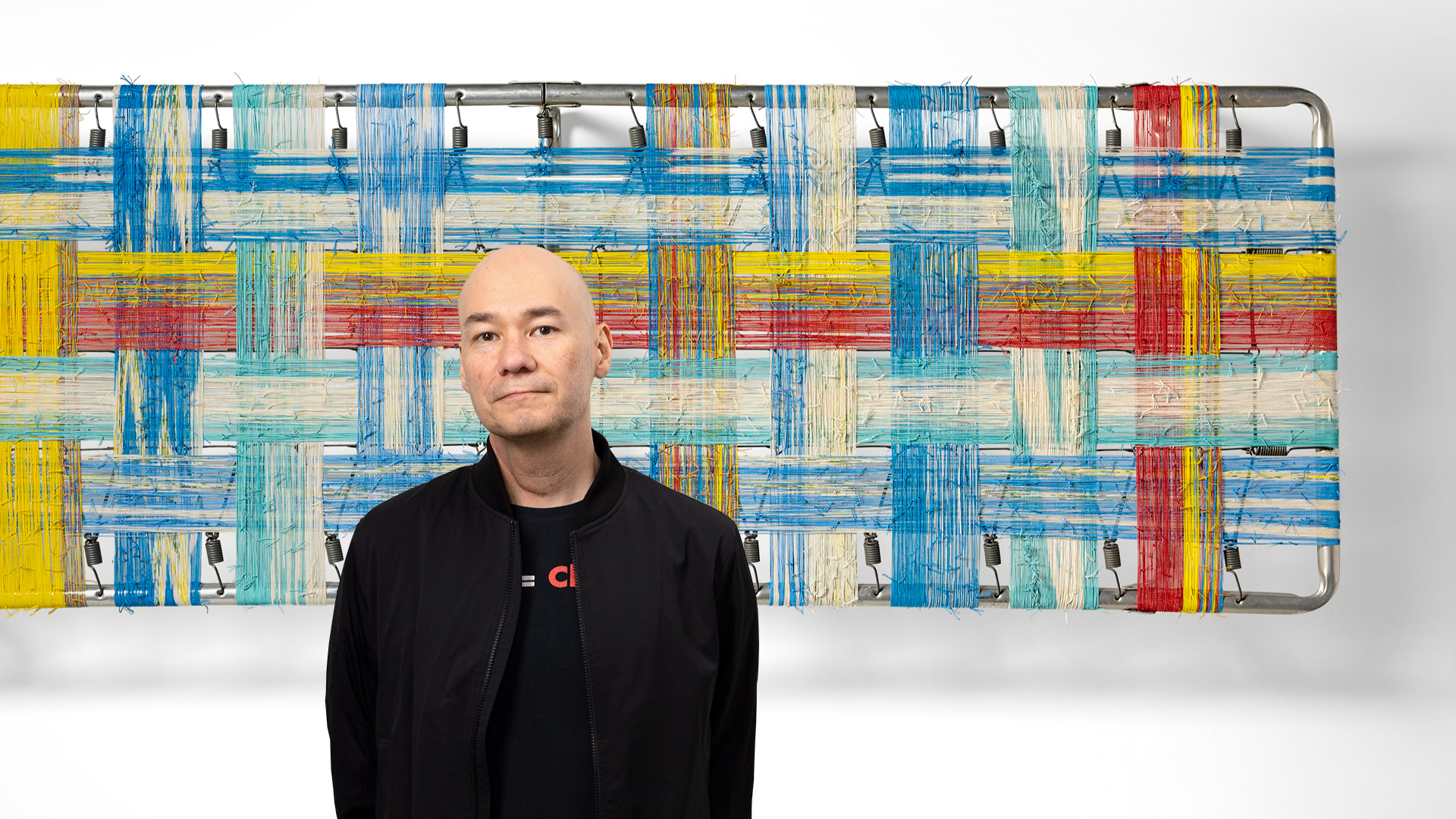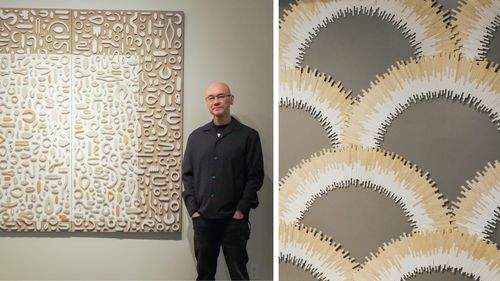The Design Of Beauty and Provocation: Meet Brian Singer
Season 10, Episode 70

Read Time
1 minute
What if the most honest way to change minds isn’t a new campaign, but a new way to see familiar things? Brian Singer, known as “Someguy,” makes work that lures us with beauty and play, then nudges us to sit with what’s uncomfortable.
Brian’s projects cross gallery walls and public space. The 1000 Journals Project sent blank books into the world for strangers to fill. TWIT Spotting put photos of distracted drivers on billboards to make a daily danger impossible to ignore. His recent pieces deconstruct books, flags, and everyday objects to examine censorship, identity, and what we choose to remember. In this conversation, we talk about how design craft and social commentary can live together. We also talk about heritage, silence, and what it means to make work that is both kind and clear.
For the Rule29 community, this is a practical lens for client work and culture. Brian shows how to use material, language, and context to create meaning. He shows why public engagement matters. And he reminds us that strong ideas don’t need to shout. They need to connect.

Brian Singer is a San Francisco artist and designer. His work has been exhibited at SFMOMA, the Skirball Cultural Center, and the Torrance Art Museum. The 1000 Journals Project became a book and a feature documentary. He has led design for brands like Apple, Adidas, and Chronicle Books, and served as AIGA SF president.
What you’ll learn:
Make the familiar new. Reframe common symbols. Use deconstruction and reconstruction to reveal hidden meaning.
Design for public impact. Borrow trusted forms. Invite participation. Meet people where they are.
Beauty is a strategy. A clean, striking form opens the door. The message keeps people in the room.
Hold tension with care. Pair empathy with truth. It is possible to be humane and direct.
Build time into ideas. Let projects evolve. Some work needs years, not weeks.
Lead with context. Materials matter. Where a piece lives changes what it says.
If you want work that moves people, don’t add more noise. Create encounters. Give your audience a role. Use your craft to lower defenses, then be honest about the issue. This approach works in public art, brand systems, and campaigns. It also builds trust.
If this episode gives you one nudge, let it be this: pick one symbol you use every day and ask what it really says. Then design a way for someone to see it fresh. That’s how change starts.
Thanks for listening to Design Of. If this conversation helped you think differently, share it with one person who leads creative work. Leave a rating where you listen. And keep making work that tells the truth with care.
